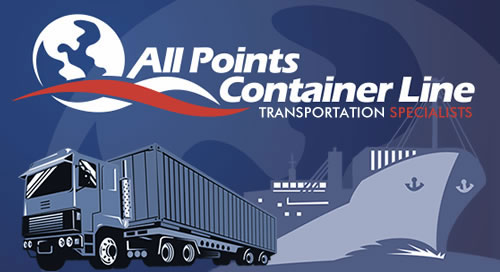New York City’s recent implementation of congestion pricing is creating significant impacts on truckers and the logistics sector at large. As part of an effort to reduce traffic congestion in the busiest areas of Manhattan, the city has introduced tolls that could significantly affect the cost and efficiency of deliveries.
Overview of Congestion Pricing
The congestion pricing plan, aimed at reducing traffic in Manhattan’s central areas, imposes additional fees on vehicles entering during peak hours. This move, primarily intended to encourage the use of public transportation and decrease vehicular pollution, has raised concerns among truckers and logistics companies about increased operational costs.
Impact on Truckers
Truckers, who play a crucial role in delivering goods throughout the city, face the prospect of higher expenses as tolls add to the cost of each delivery. These added costs could lead to increased prices for consumers, as businesses may pass on the expenses to their customers. Moreover, the timing of deliveries could become more challenging, as truckers might attempt to avoid peak hours, leading to potential delays or inefficiencies in supply chains.
Economic and Environmental Considerations
The congestion pricing policy is part of a broader initiative to improve air quality and reduce traffic congestion, which could have long-term economic and environmental benefits for the city. However, the immediate impact on the logistics sector is a concern for many stakeholders, who must balance operational costs with the need to maintain timely and efficient service.
The introduction of congestion pricing in Manhattan poses new challenges for truckers and logistics companies, who must navigate increased costs and operational complexities. In these changing conditions, partnering with a knowledgeable logistics provider like All Points Container Line becomes even more valuable. Our expertise in urban logistics can help businesses adapt to these new regulations, optimizing routes and delivery schedules to manage costs effectively while maintaining service quality.

